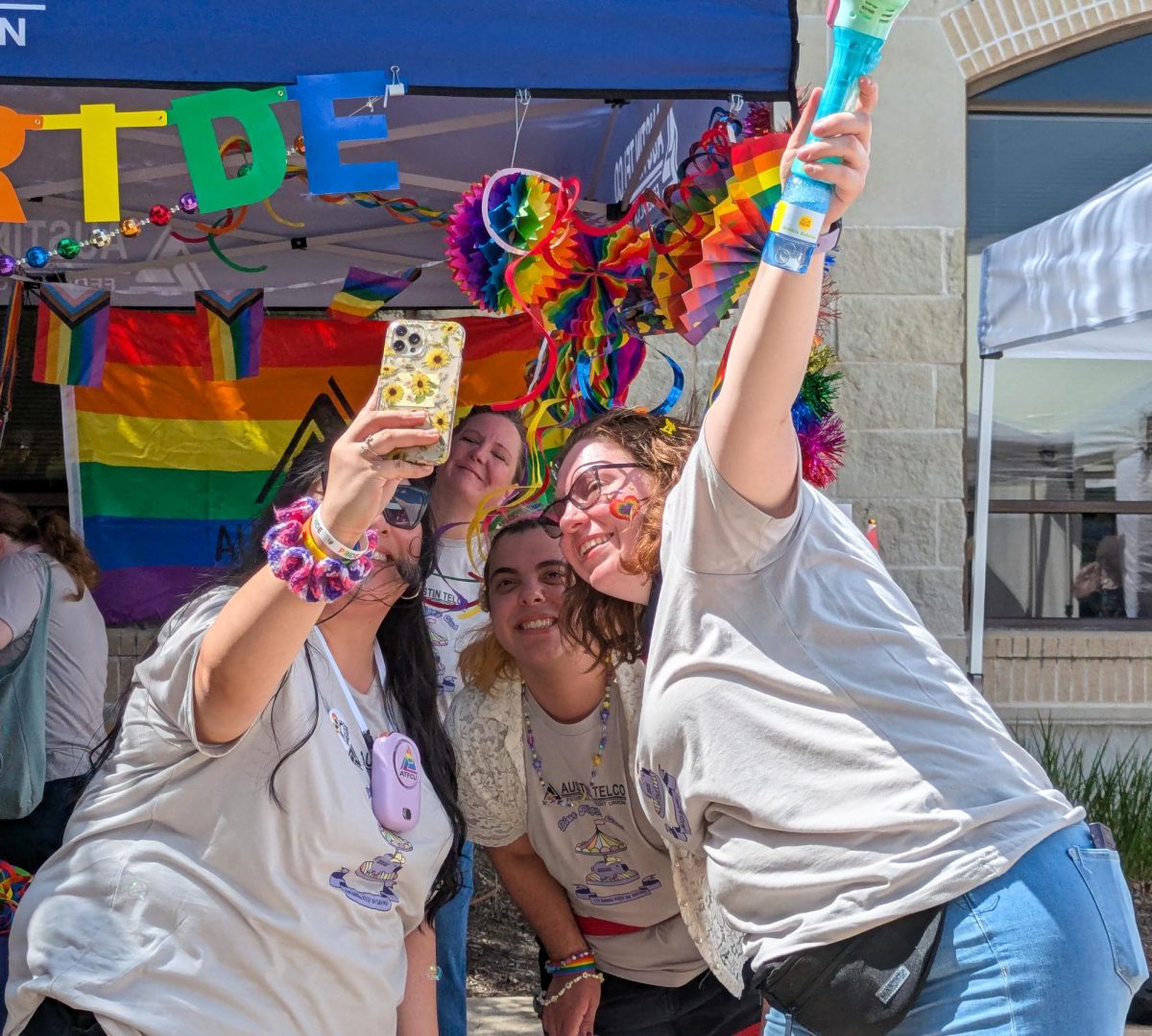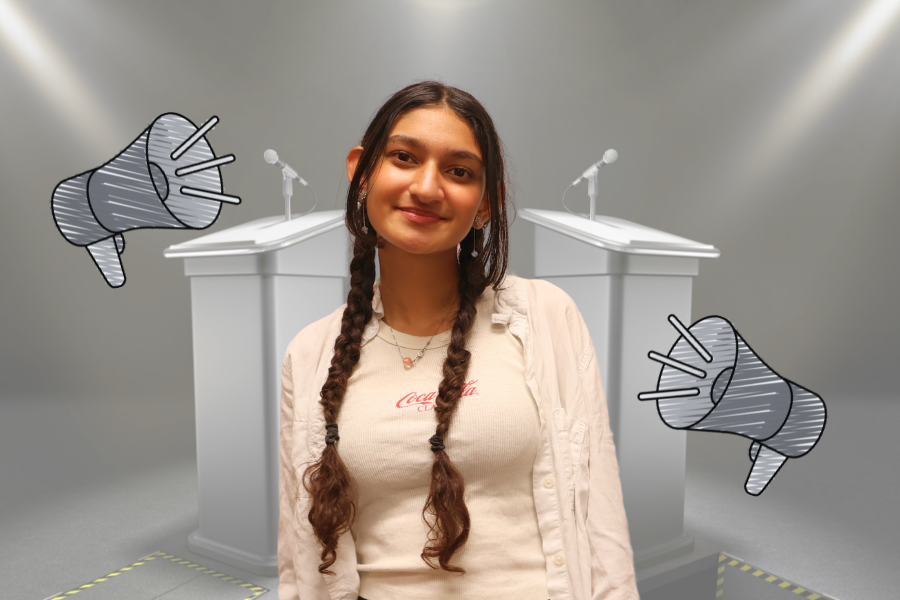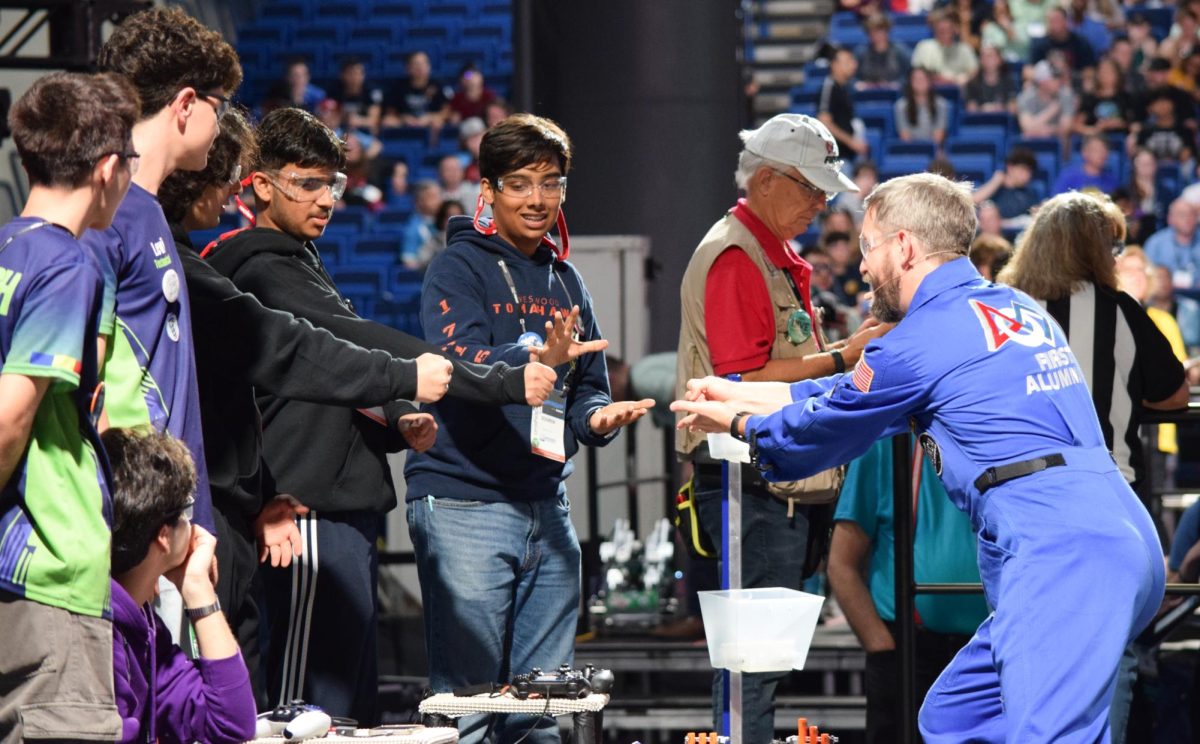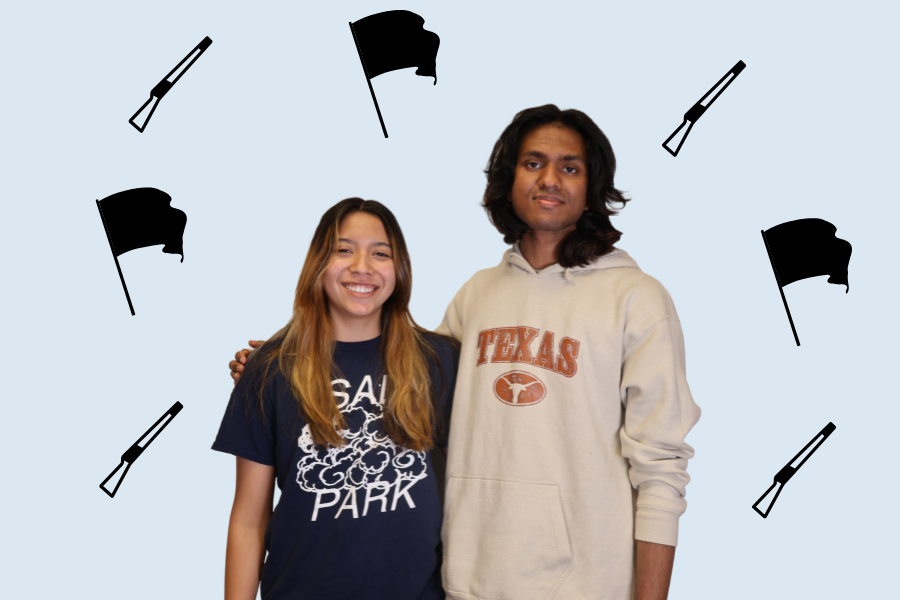On Friday, Jan. 26, Anatomy & Dissection Club held a turtle dissection in Mr. Scheiber’s room before school. As the club’s first reptilian study of the year, the meeting allowed members to study the turtle’s unique anatomy, as well as challenge themselves in preparation for the mink dissection planned for the end of the year.
“Most high schoolers only seem to learn about mammalian anatomy instead of reptilian,” Anatomy & Dissection Club StuCo Representative Eirona Wu ‘26 said. “Dissecting turtles proves how different reptiles and mammals really are. It’s a very informative way of learning more about animals as a whole.”
Club members began by observing the turtle’s external anatomy, including its head, flippers, and tail, all protected by a dense shell. According to Anatomy & Dissection Club President Sanjay Balasubramanian ‘24, the officers intentionally ordered larger turtle specimens this year to improve club members’ visualization of its external and internal organs.
“When you squeeze [the lungs], they blow back up, so you can actually see how the respiratory system works,” Balasubramanian said. “Even though it’s a marine animal, [the turtle] closely resembles a human body and that’s something that’s unique about it.”
Following an examination of the turtle’s external adaptations, club members flipped it over and located parts of its digestive system, including the liver and pancreas. Upon removing the digestive system, they studied the specimen’s respiratory and circulatory systems, identifying how each organ sustained the turtle’s life, and confirming their theories using a provided slideshow. They were also given the chance to independently explore the turtle’s features and make their own conclusions.
“The mouth of the turtle is pretty strong,” Anatomy & Dissection Club Vice President Nicole Wang ‘24 said. “I don’t think that last year I encountered difficulty with opening and examining the specimen’s mouth but this year it was a challenge.”
According to Wang, the complexity of turtle anatomy is a sharp contrast to the simpler specimens that most high school students are used to dissecting, such as mice or frogs. The turtle’s structures could therefore lead to difficulties for new members to the club, such as Niranjana Prem ‘25.
“The heart was a lot smaller than I thought and the kidneys were massive,” Prem said. “The hardest part was figuring out where all the systems are because it’s so different from the human body.”
Due to the specimen’s intricacy, club members worked together to figure out their process. While Balasubramanian and Wang walked around the room to answer questions, club members discussed the turtle’s structures and collaborated to experiment with the provided tools. Some groups succeeded in decapitating the turtle, while others punctured organs and observed the internal fluids that oozed out.
“It felt quite fulfilling being able to share this experience with my fellow officers,” Wu said. “We shared our thoughts and opinions as we carried on with our dissections, occasionally speculating on what each organ we saw could be. It was because of the collective work that I was able to quickly and efficiently share my thoughts and satiate my curiosity.”
This session was a repetition of the turtle dissection last year, allowing some members to experience their favorite dissection a second time. Additionally, members who repeated the procedure were able to demonstrate improvement from last year in terms of techniques and knowledge of anatomy.
“While the fetal pig dissection [last year] was something I would never forget, turtle dissections still left the biggest impression on me,” Wu said. “It’s genuinely fascinating to see the different colors, textures, and connecting tissues throughout the turtles. This year, I was delighted to be able to finally dissect and investigate more of the turtle that I didn’t have time for last year.”
However, this year’s turtle specimens differed from last year’s, due to their gray lungs, in comparison to the vividly pink lungs of last year’s turtles, among other changes.
“In general, there was a difference in texture, so this year [the specimen] was pretty underwhelming,” Wang said. “I’d say my favorite dissection overall was last year’s turtle dissection or the fetal pig.”
Anatomy & Dissection Club will hold their next meeting at the end of February or in early March to avoid conflicts with exam preparations.

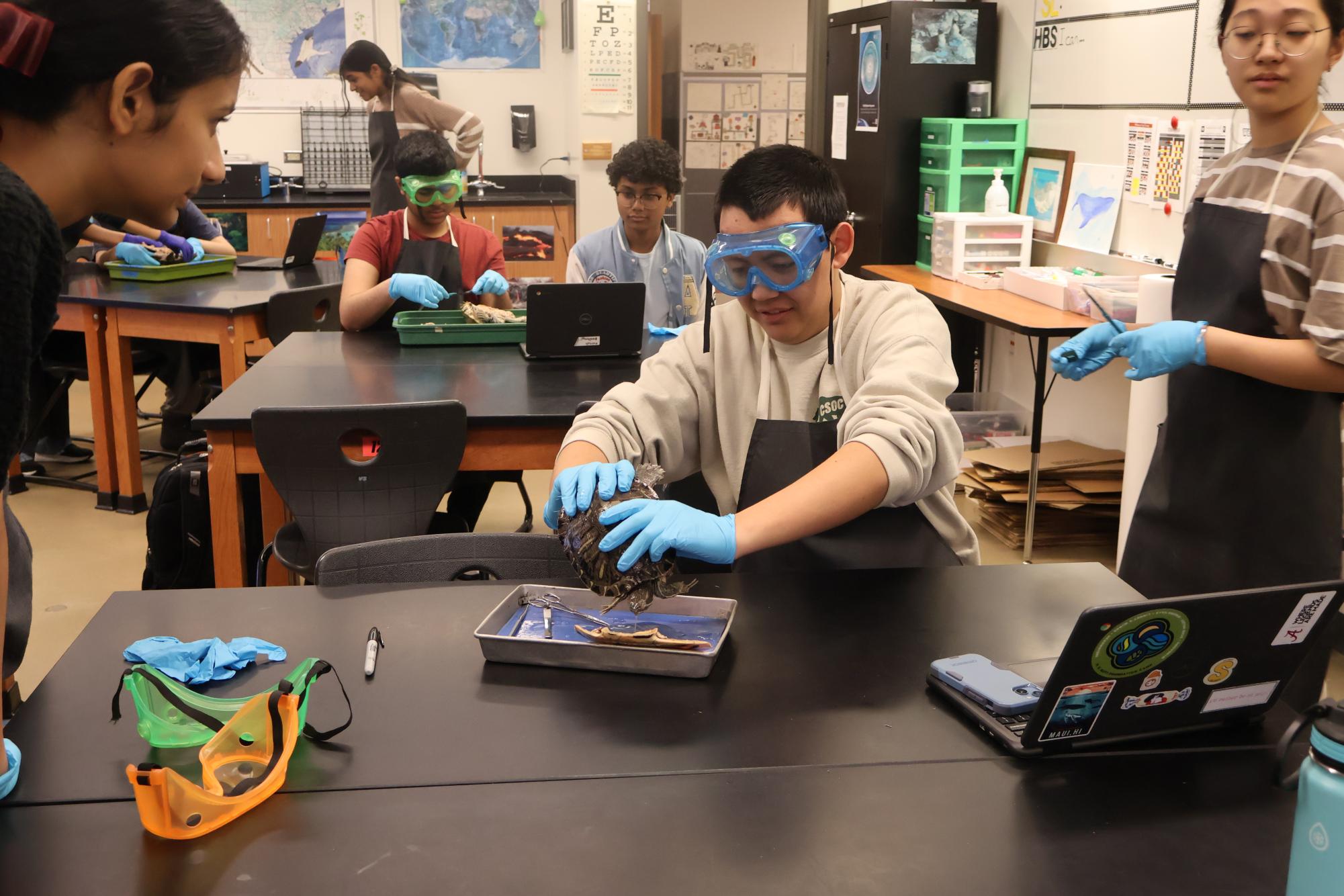
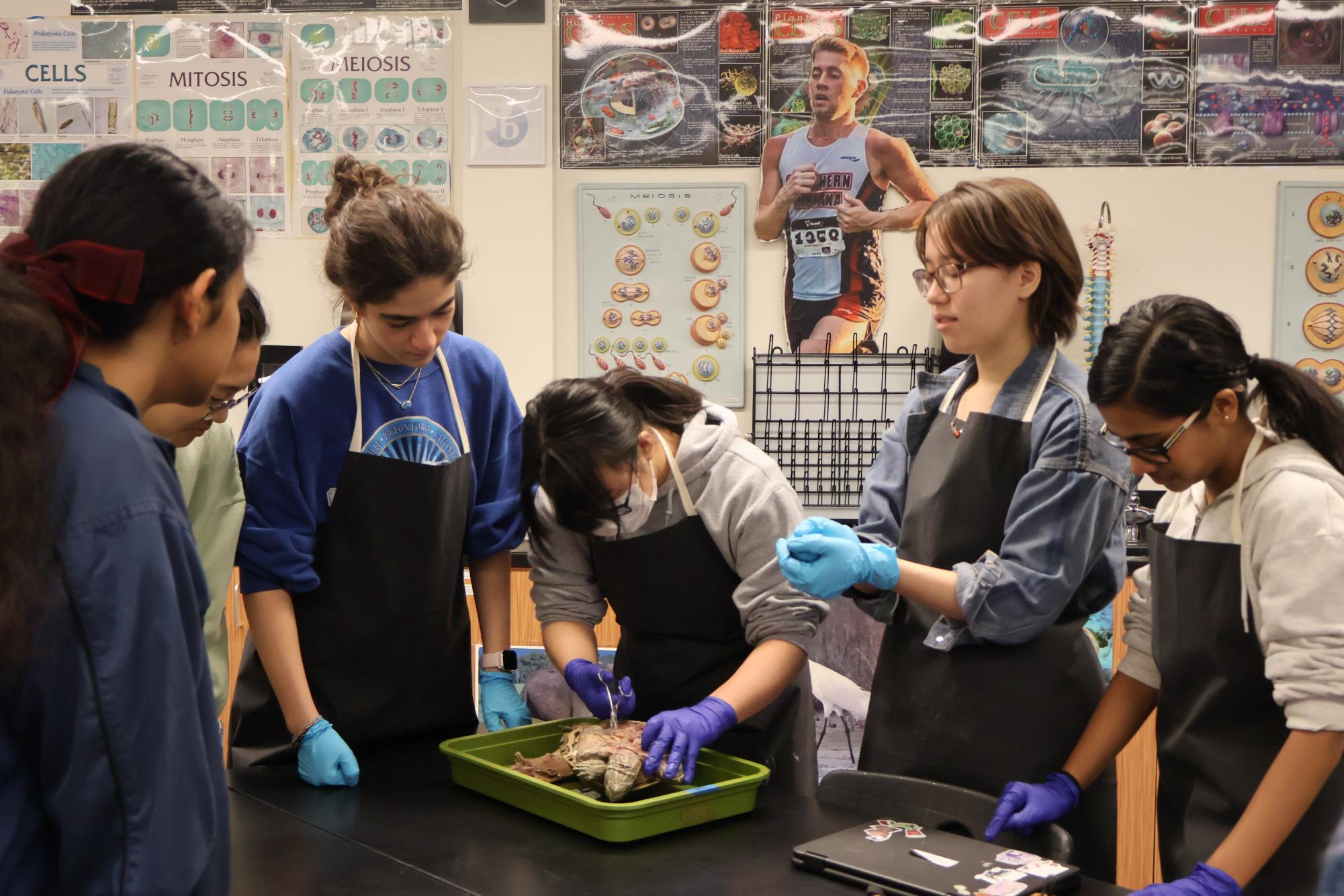
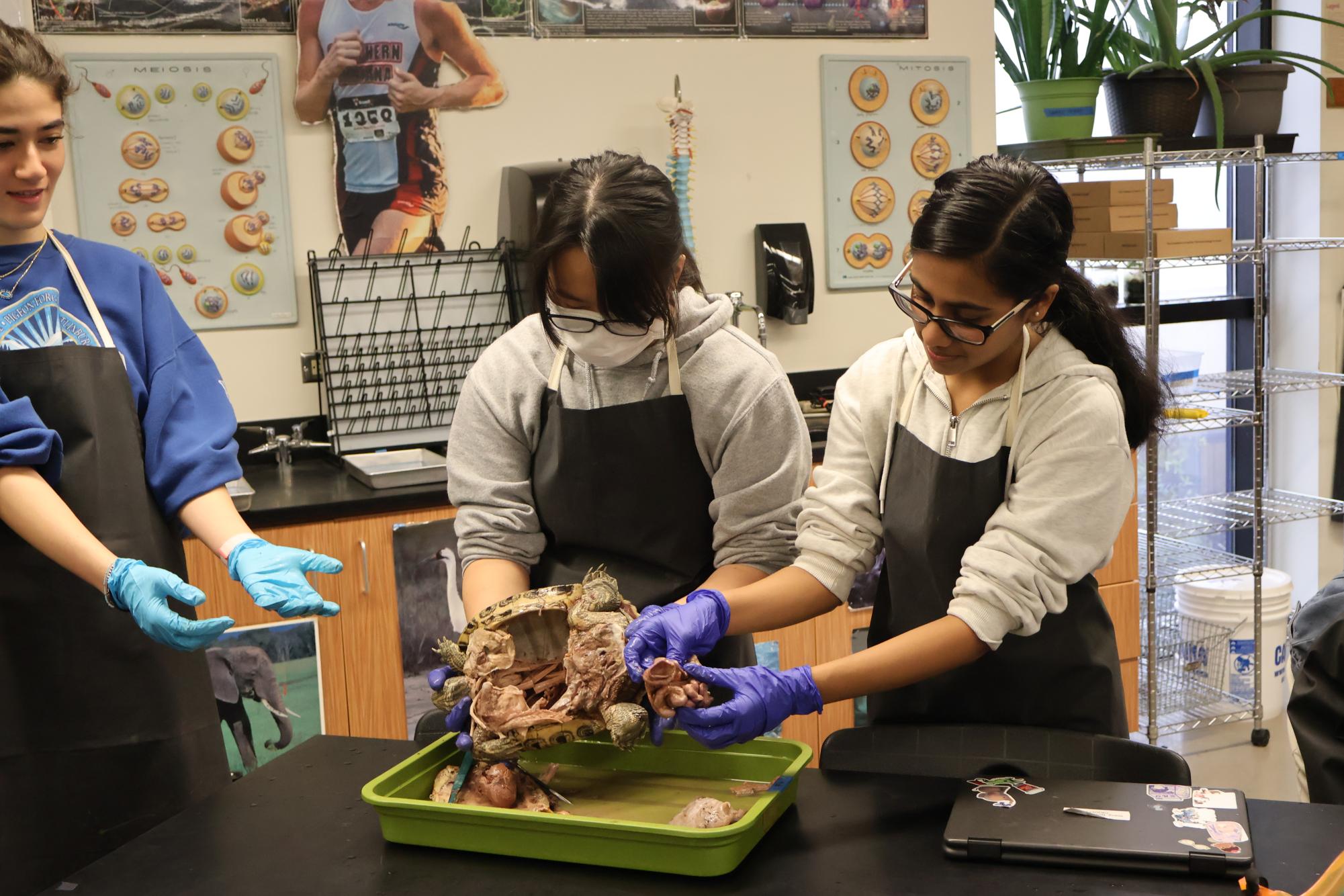
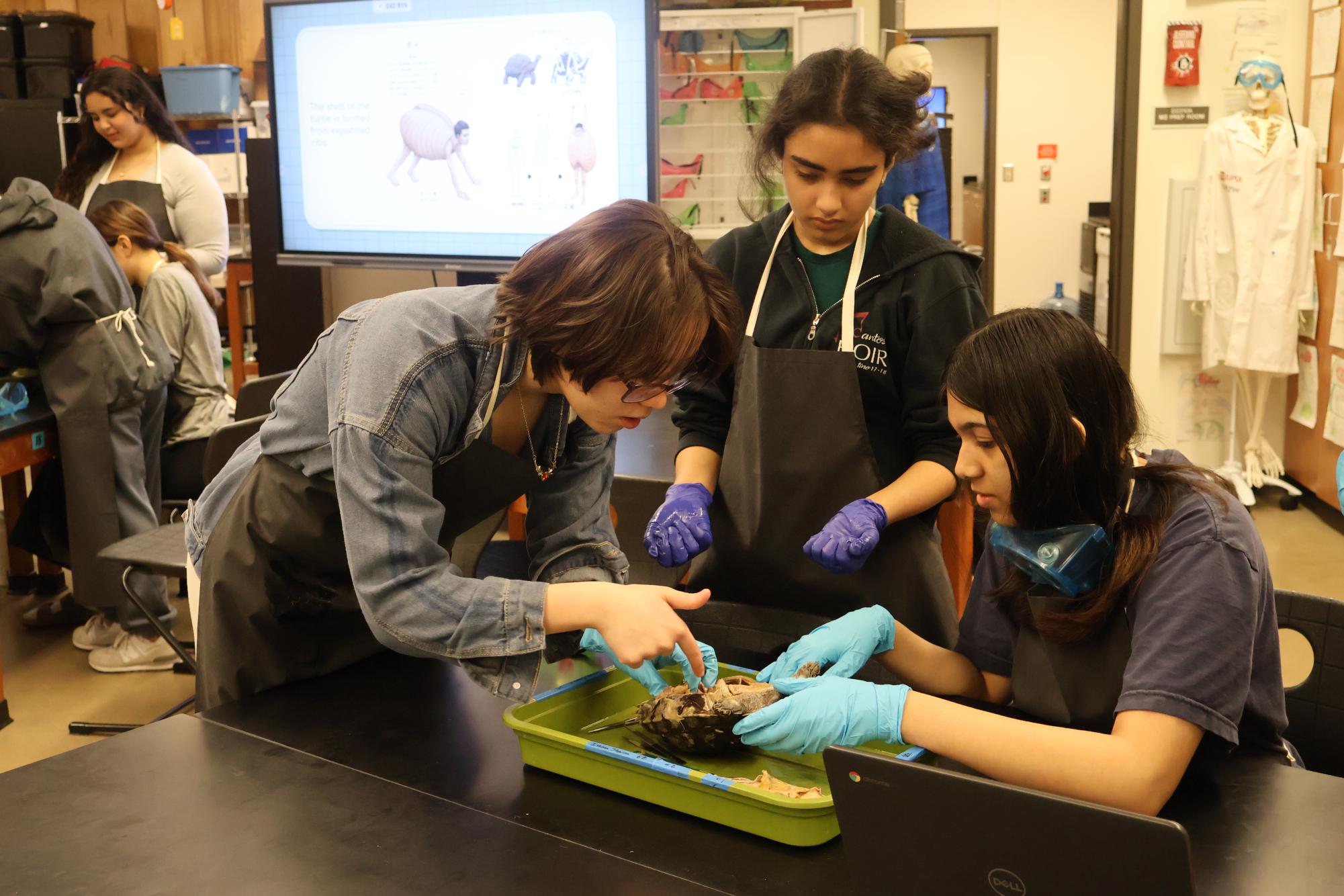
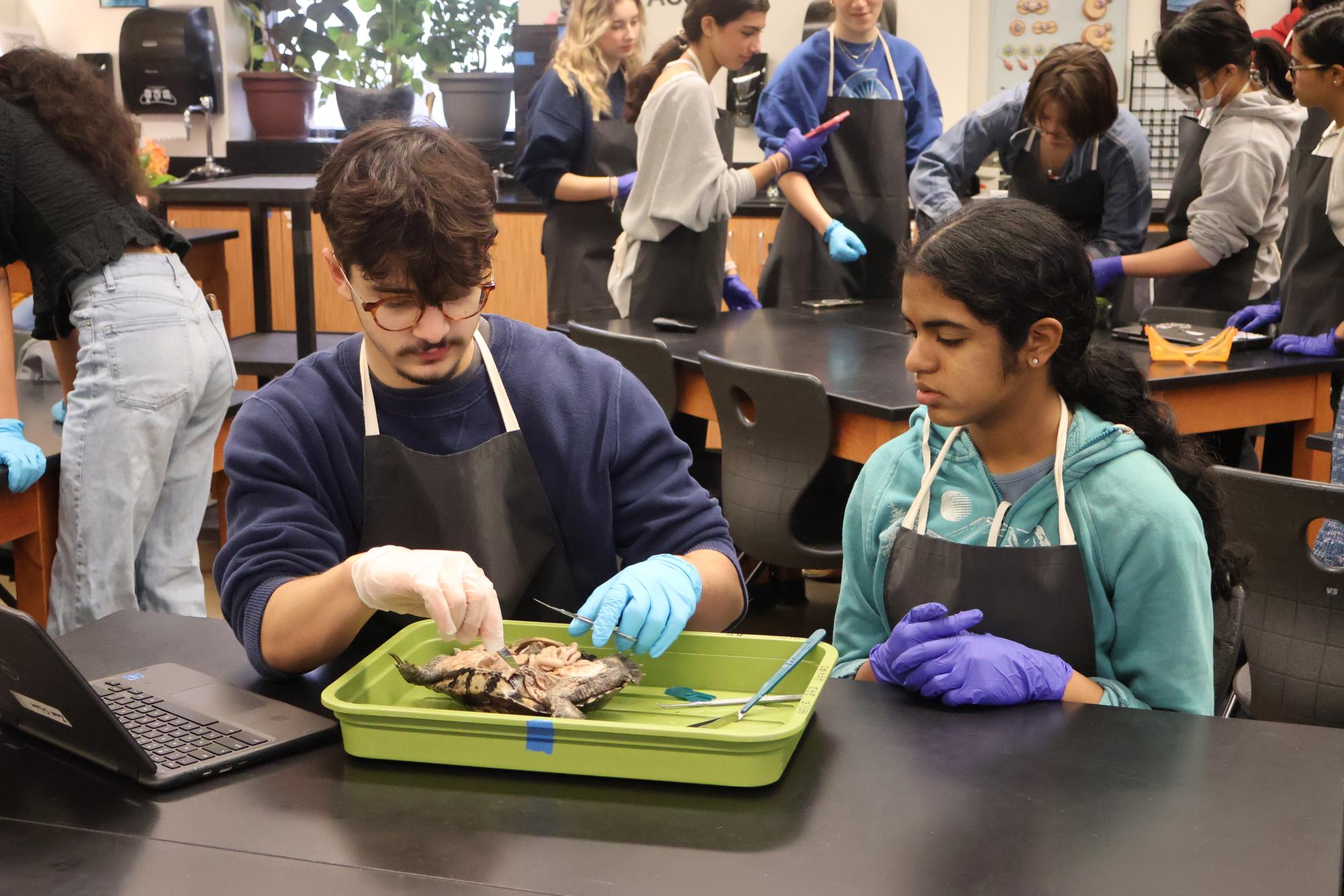
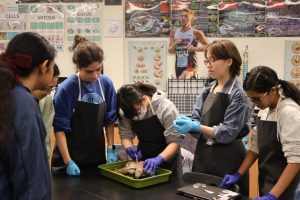
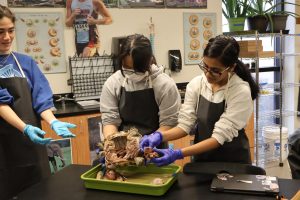
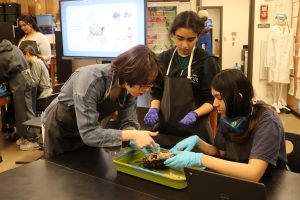
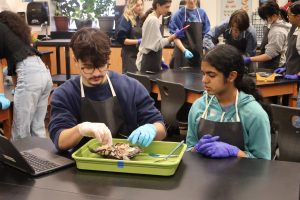
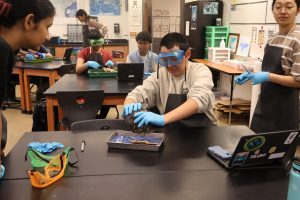
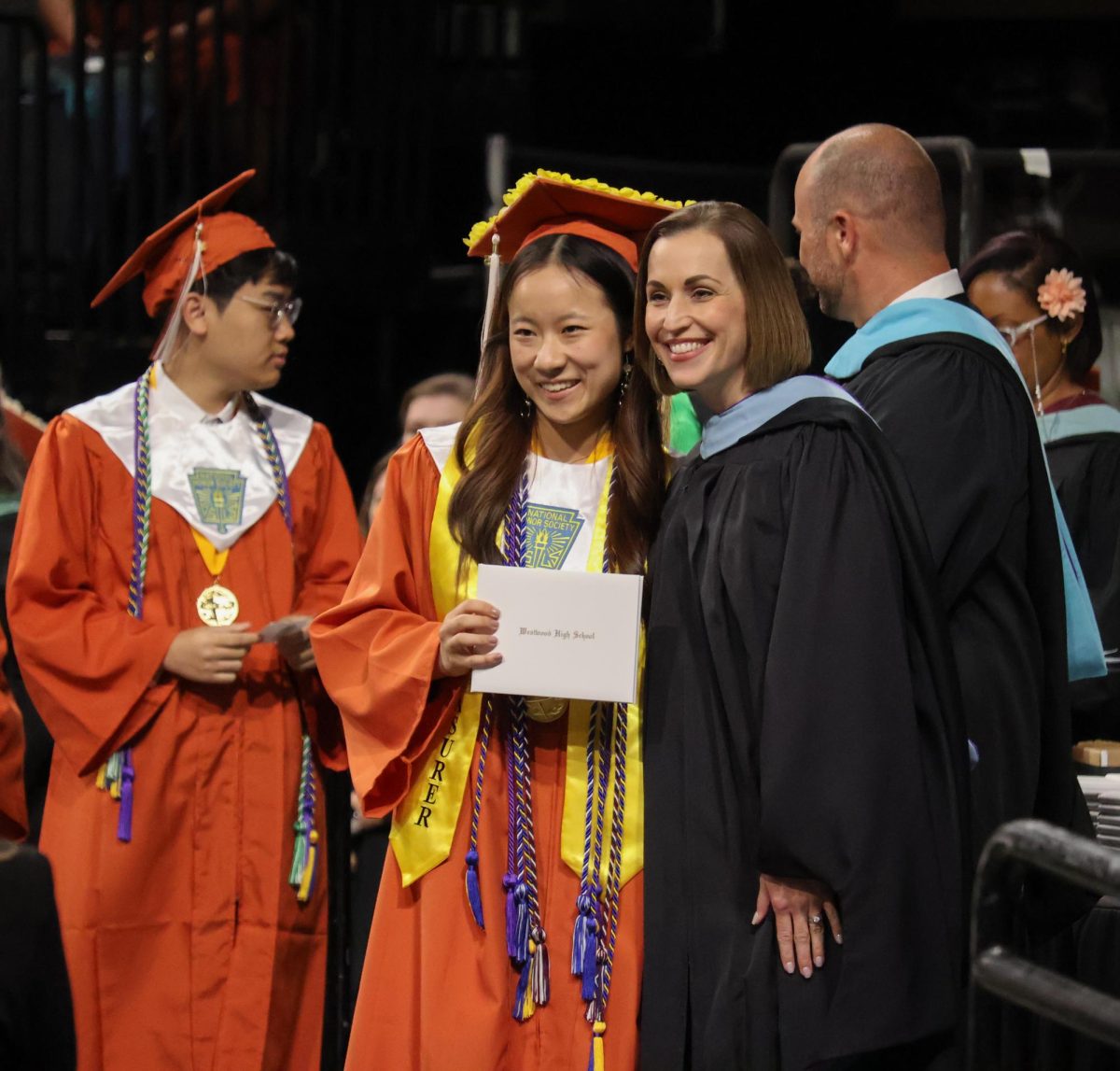
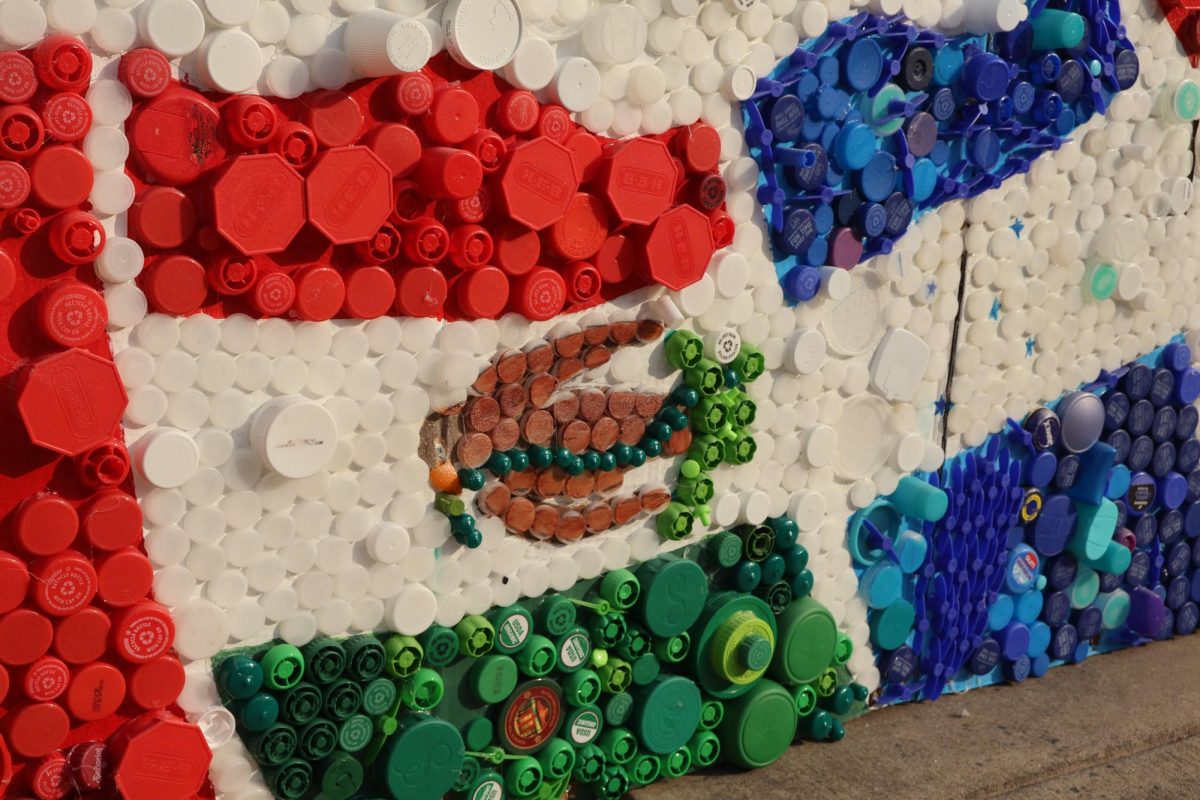

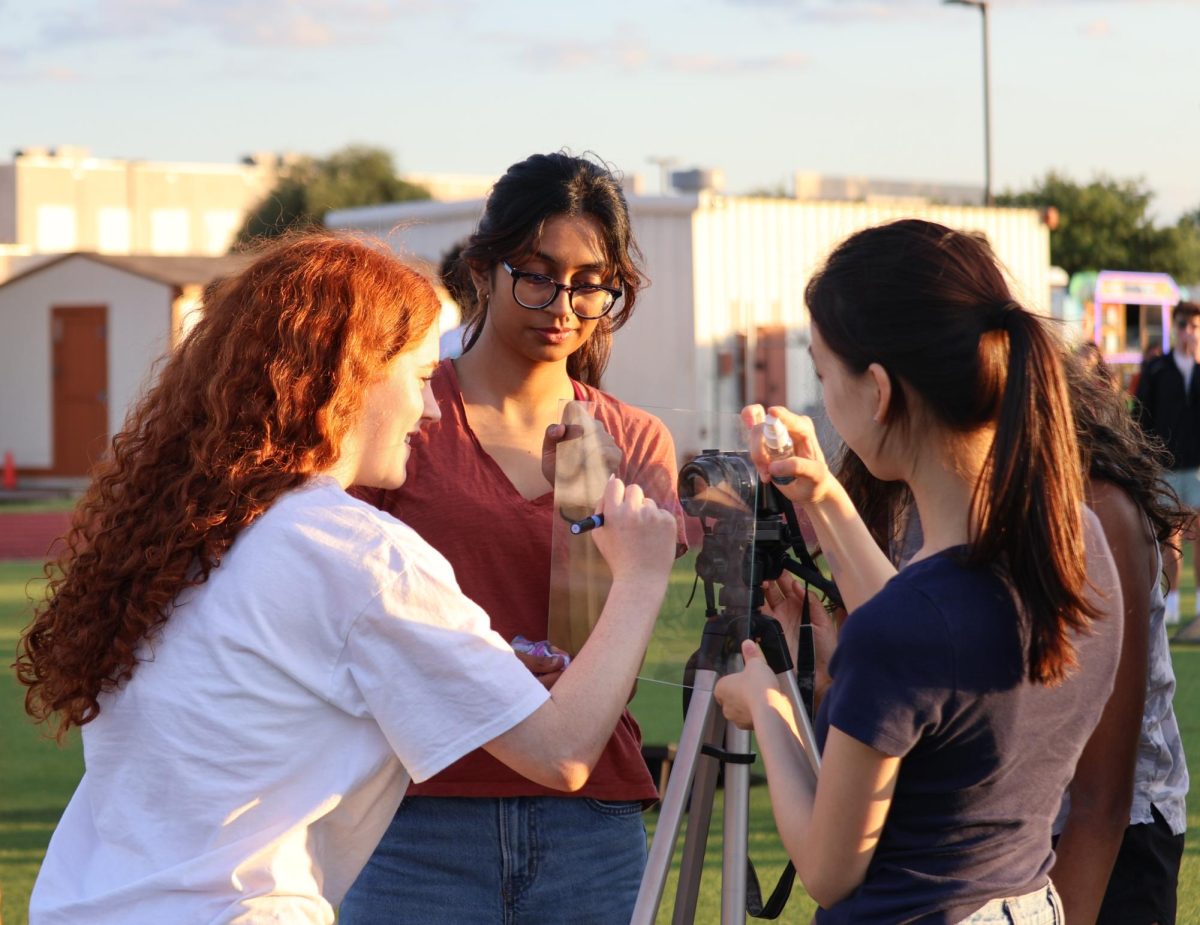
![Holding her plate, Luciana Lleverino '26 steadies her food as Sahana Sakthivelmoorthy '26 helps pour cheetos into Lleverino's plate. Lleverino was elected incoming Webmaster and Sakthivelmoorthy rose to the President position. "[Bailey and Sahiti] do so much work that we don’t even know behind the scenes," Sakthivelmoorthy said. "There’s just so much work that goes into being president that I didn’t know about, so I got to learn those hacks and tricks."](https://westwoodhorizon.com/wp-content/uploads/2025/05/IMG_0063-1200x1049.jpg)

